IB Biology Experiments (inc. HL)
1/12
There's no tags or description
Looks like no tags are added yet.
Name | Mastery | Learn | Test | Matching | Spaced |
|---|
No study sessions yet.
13 Terms
Singer-Nicholson model
The original model proposed by Davson-Danielli, the sandwich model, claimed that proteins weren't embedded in the phospholipid bilayer, but instead were on the surface, like a sandwich. The Fluid-Mosaic model superseded it.

Pasteur
Aim: to see if microbes would spontaneously grow in a sterilised nutrient broth
Method: one flask exposed to the air; one flask sealed
Results: microbes grew in the flask exposed to the air; nothing grew in the sealed flask
Conclusion: determined that generation of microbes could not occur without a source of contamination

Wöhler
He synthesised urea, and so disproved vtitalism, which claimed that organic compounds could not be artificially replicated
Watson & Crick
Incorporated theories of Chargaff and Franklin into a physical double helix model of DNA
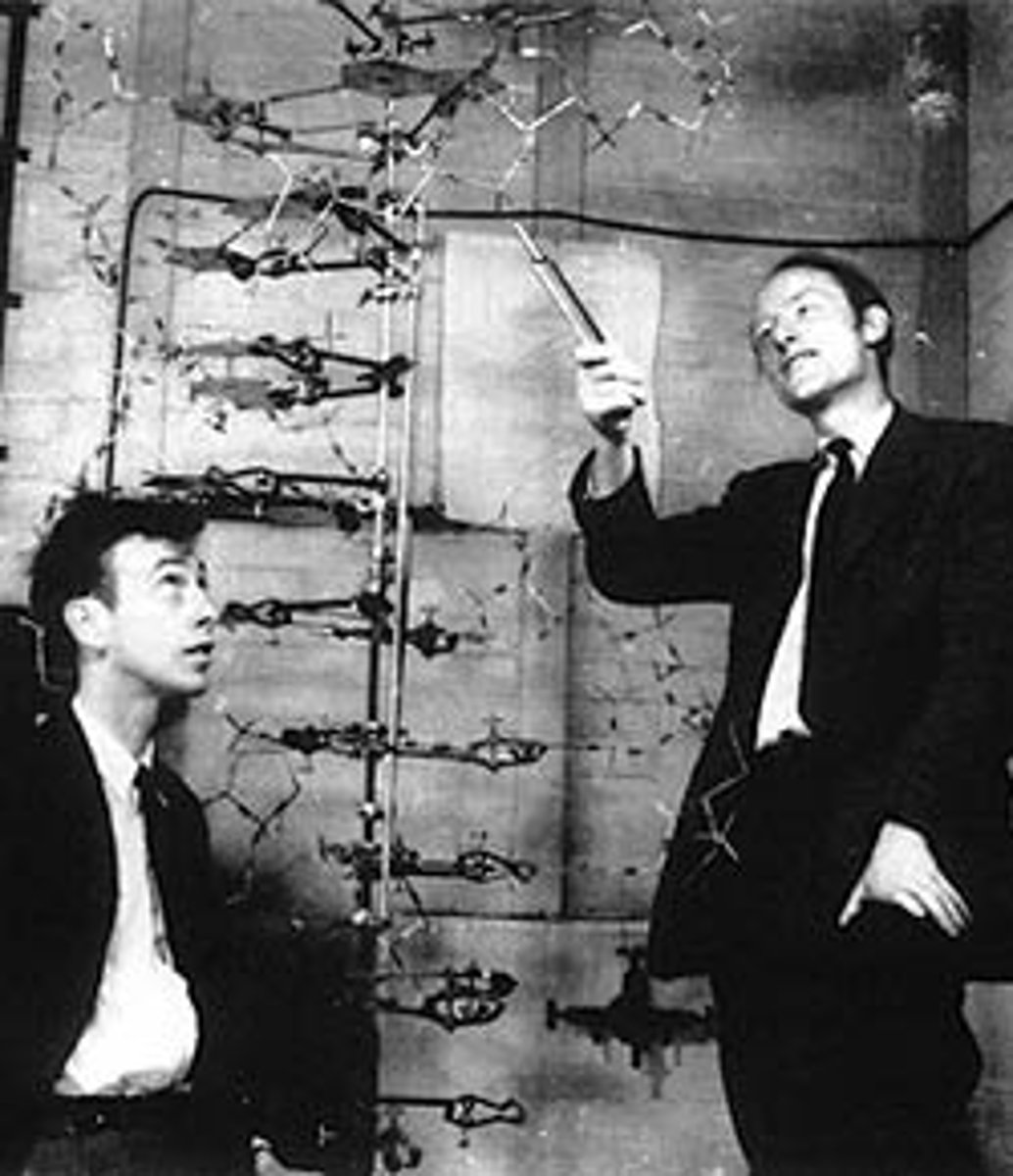
Meselson & Stahl
Established semi-conservatism for the method of DNA replication, through experiment with bacteria grown in either a heavy-isotope or light-isotope solution of nitrogen. A centrifuge was used to determine that a DNA strand contained one strand from each parent.
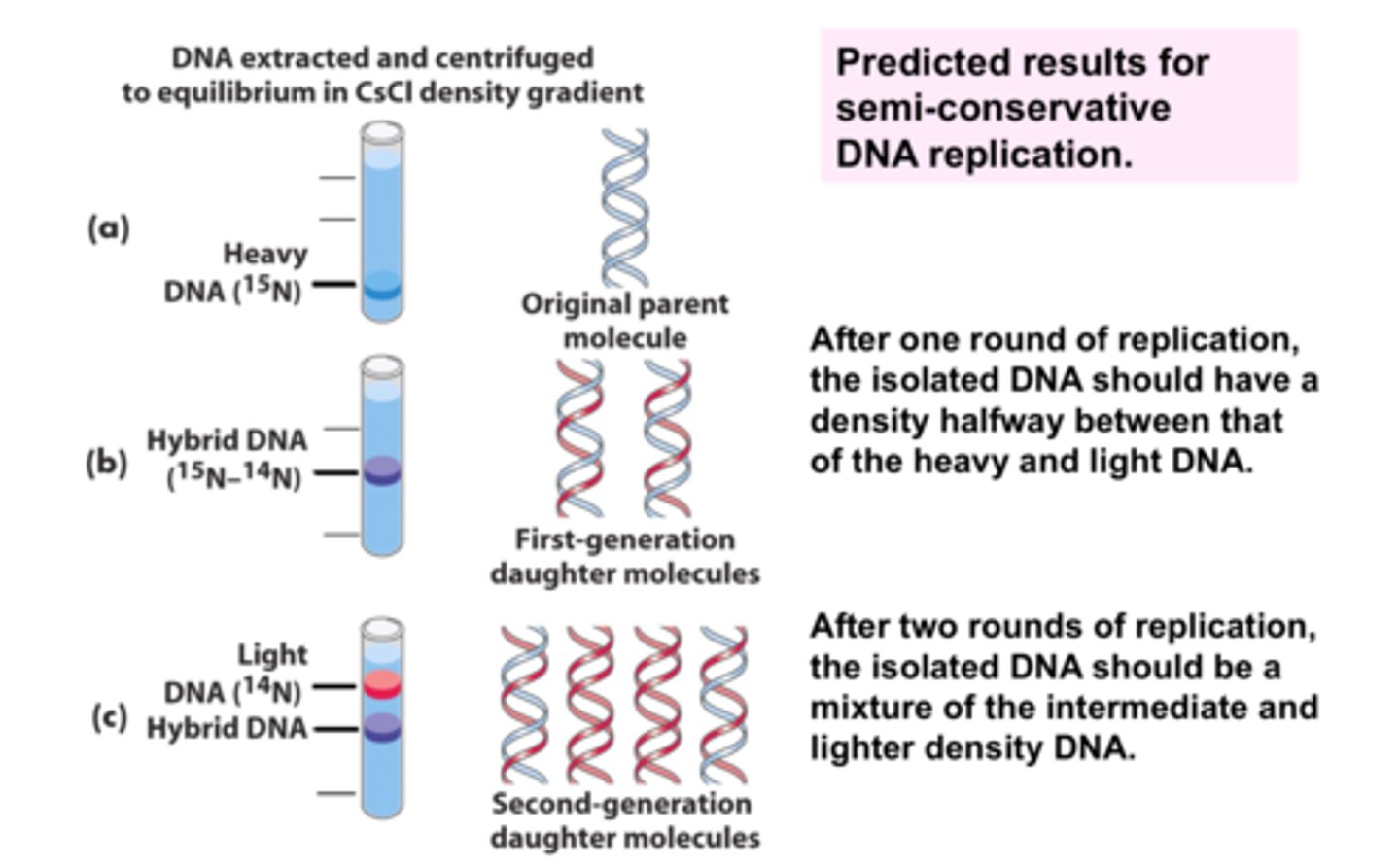
Cairns
Used radioactive markers to determine the length of DNA which helps determine how many base pairs DAN contains. Done through taking a photograph and producing autoradiograph. Can observe stages of replication.
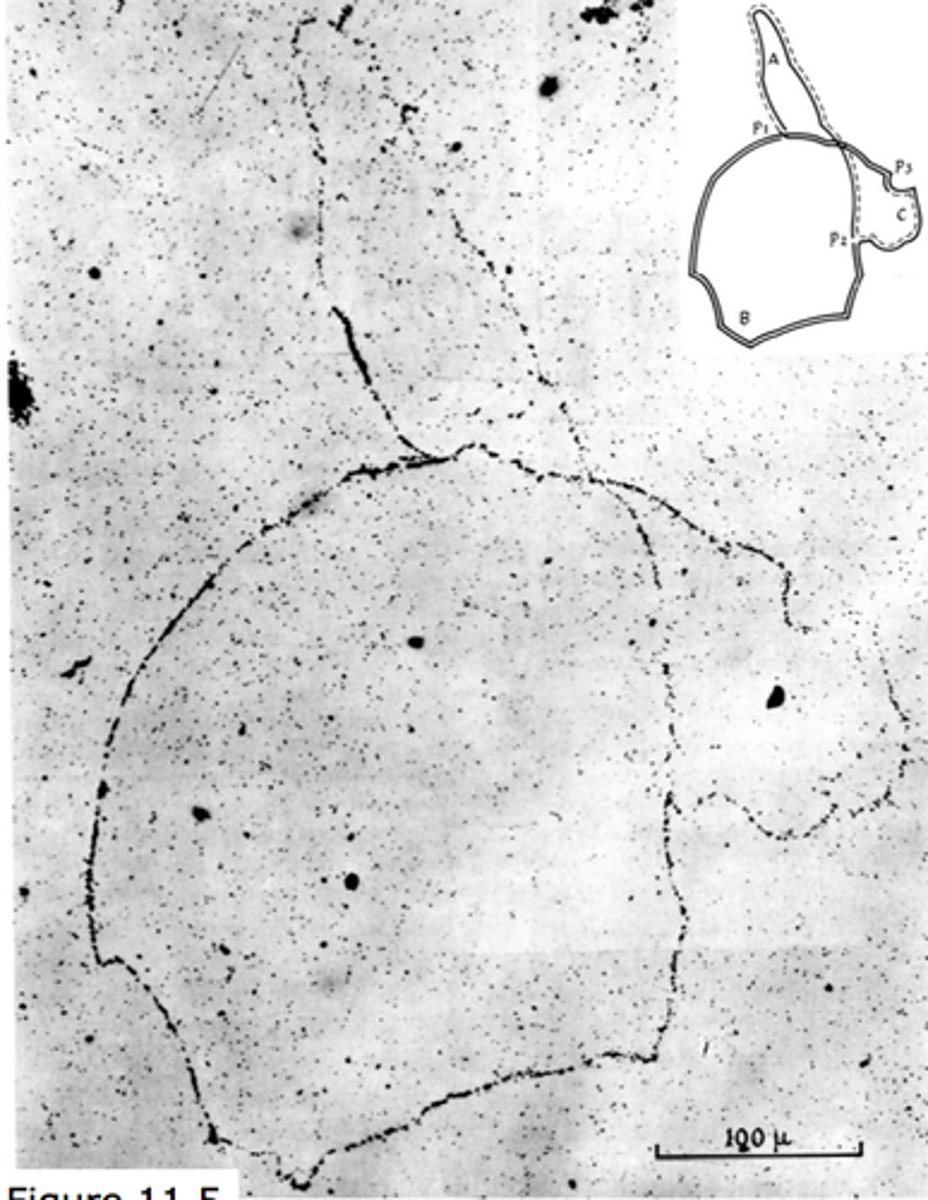
William Harvey
Greek philosopher Galen believed in the 4 humours and that blood was produced in the liver, but this guy deduced that blood moved in a cyclical manner with the heart acted as a pump. He hinted at the presence of capillaries connecting the veins and arteries.

Florey & Chain
Based on Fleming's accidental discovery of penicillin. Tested mice first, where mice were given a lethal bacteria, and only half were given penicillin. All the non-treated mice died. Then tested on humans after only one trial. Humans tested were close to death and given impure samples. Other humans tested were given penicillin but not enough to continue treatment.
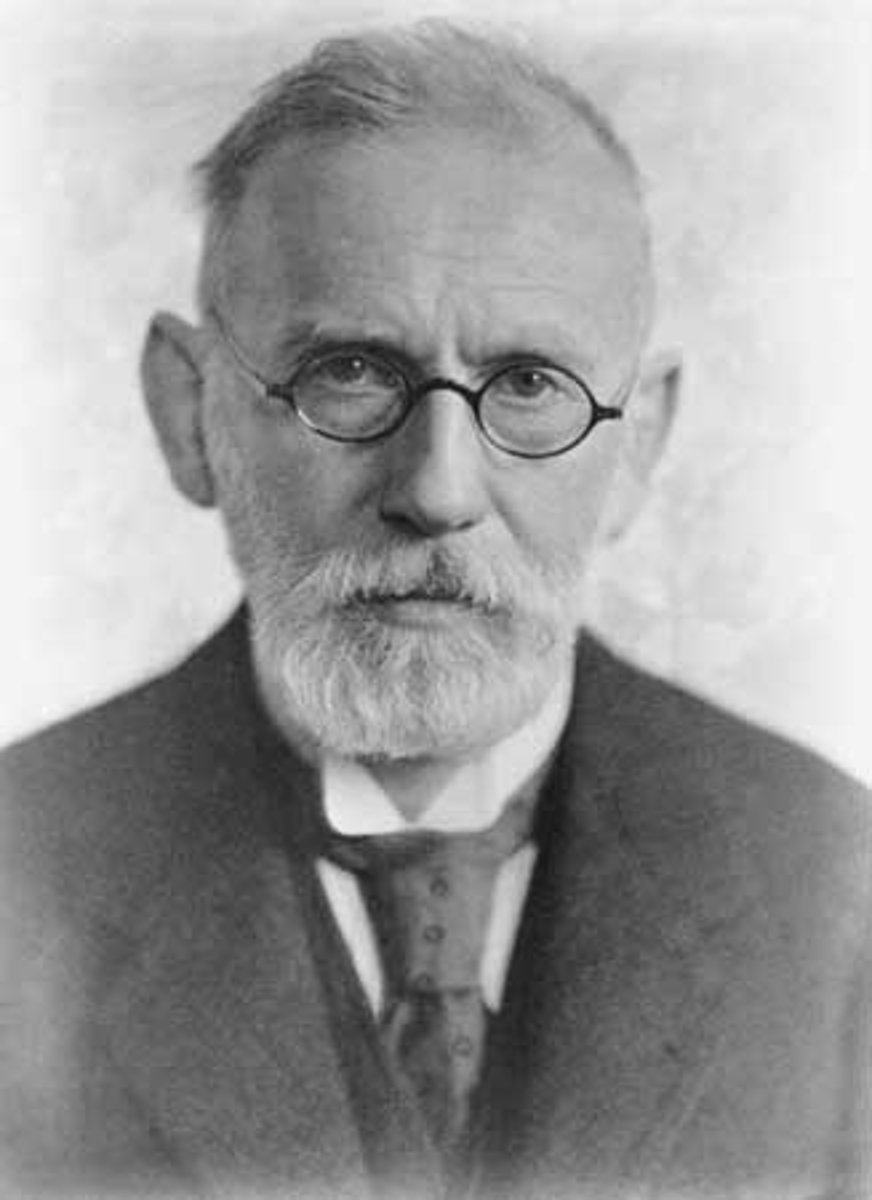
Harvey and the microscope
Had theories about sexual reproduction in humans involving egg and sperm, but didn't have the necessary equipment to confirm the theory
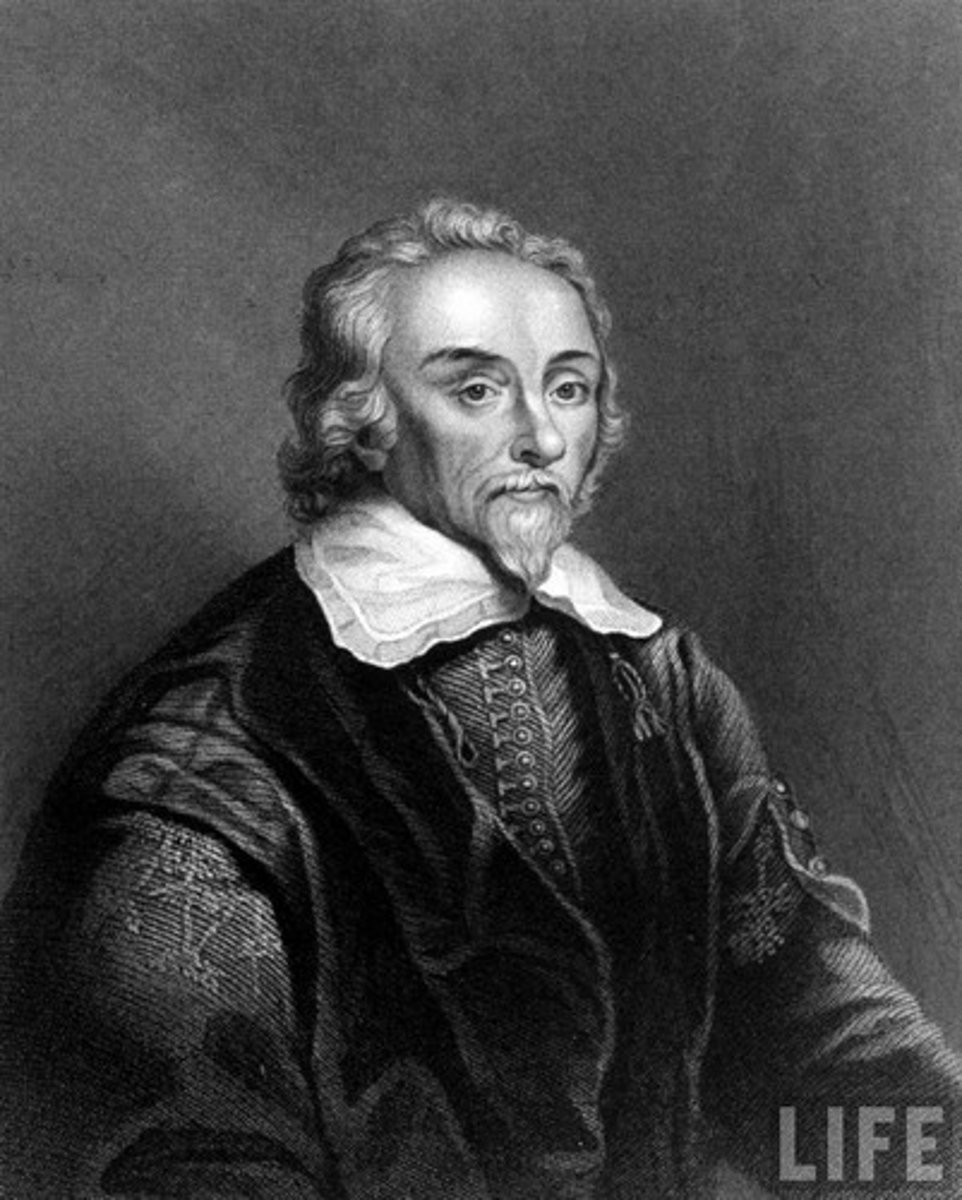
Hersey & Chase
Wanted to determine if viruses had DNA, so used sulphur to label the protein coat and phosphorous to label the DNA of a virus, which then infected E. coli. When the virus and bacteria were separated in a centrifuge, only phosphorous was found in the bacteria pellet, and only sulphur in the virus. It was concluded that only the virus's DNA was injected into a bacterium to infect it.

Calvin
Fed radioactively labelled carbon to algae, then used paper chromatography to track carbon dioxide through the process of photosynthesis. They used alcohol to halt the process at certain points, then inserted paper into the solution of algae so that it moved through it, separating into its components. An x-ray film was placed over the paper so that the location of radioactive carbon could be identified. It took 10 years for the researcher to process the results of the experiment.
Mendel and Morgan
One guy used pea plants in his monastery to uncover dominant and recessive genes, but his ratio of 9:3:3:1 only applied to unlinked genes; the other guy bred fruit flies and discovered patterns that did not fit with the first dude's ratio. He had ultimately discovered linked and sex-linked genes.
Jenner
Deliberately infected an 8 year old child with cowpox, which he survived, and then exposed him to smallpox. Because of the structural similarities between the two poxes, the boy's immune system recognised and successfully fought off the virus. He was immune.